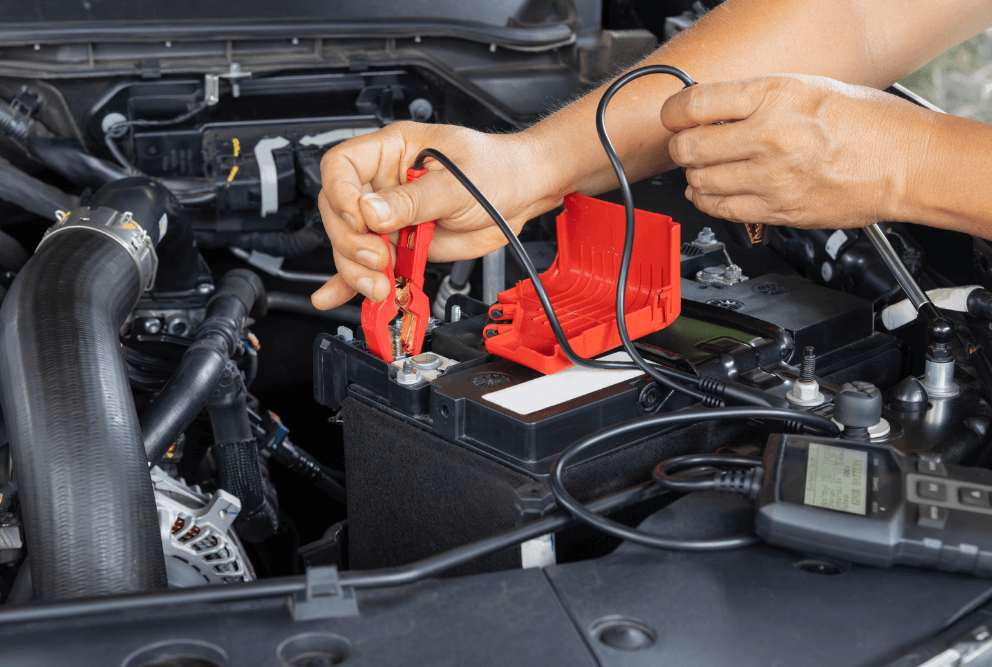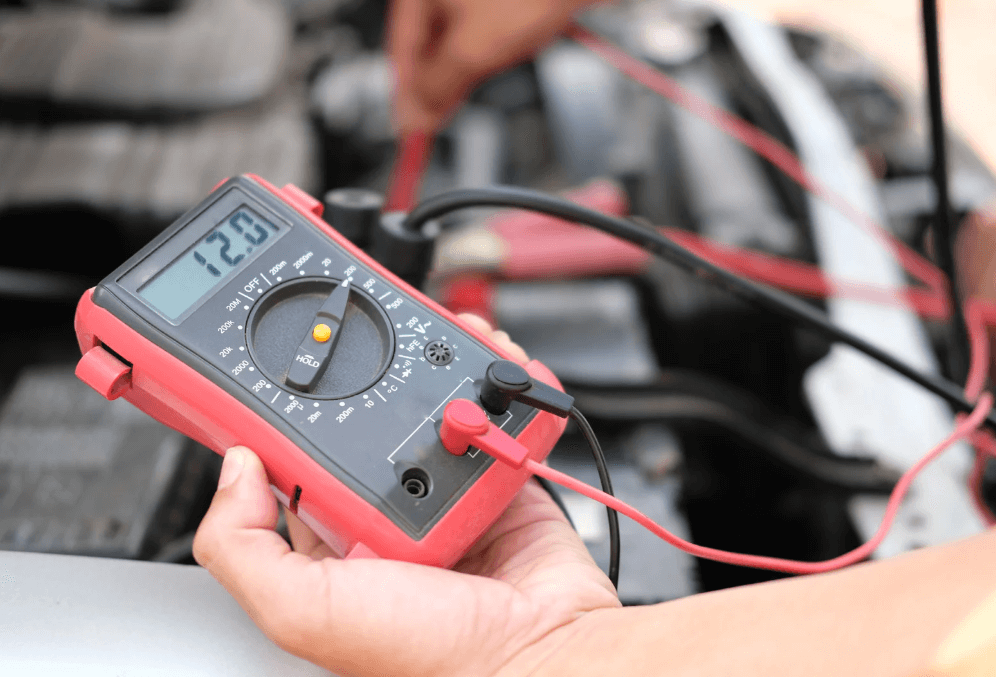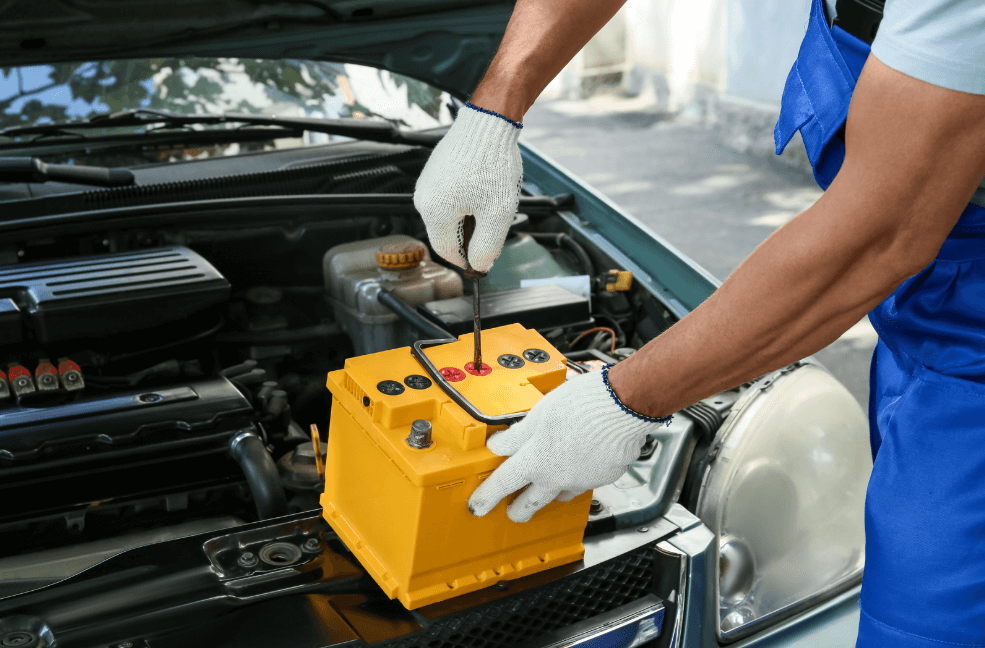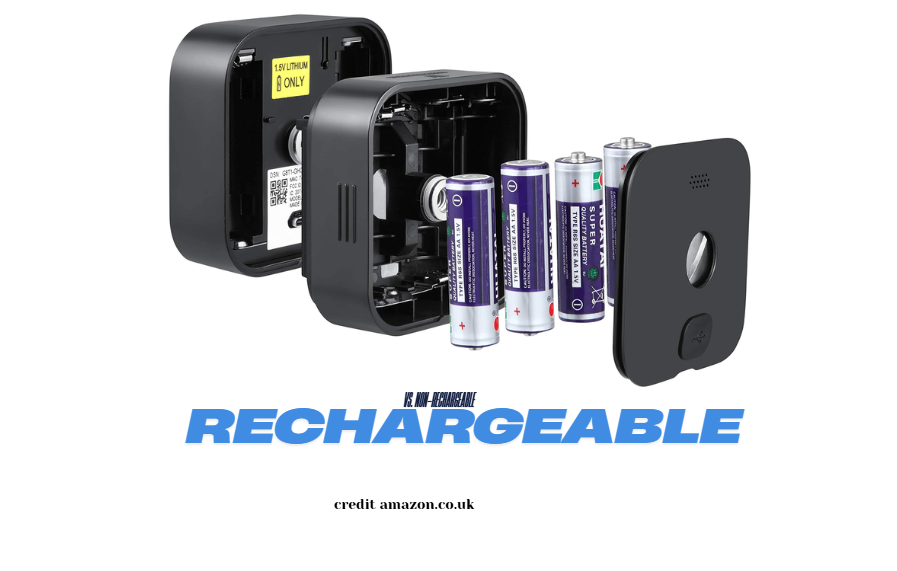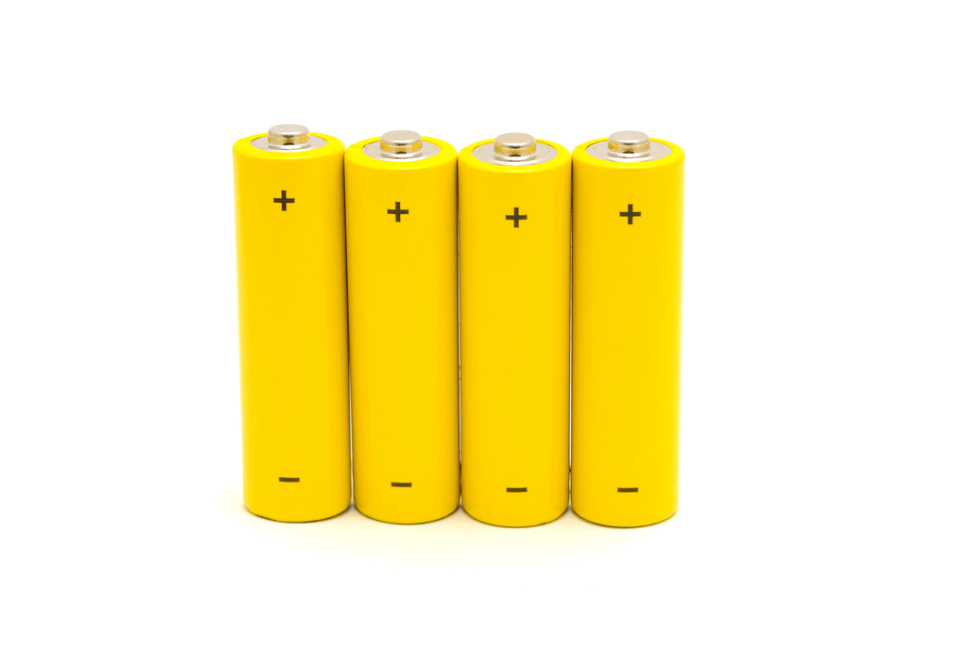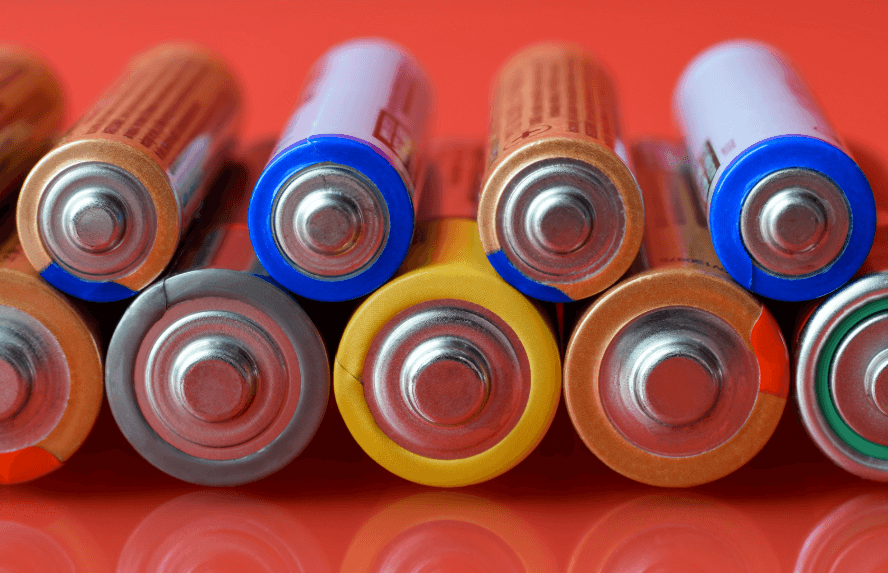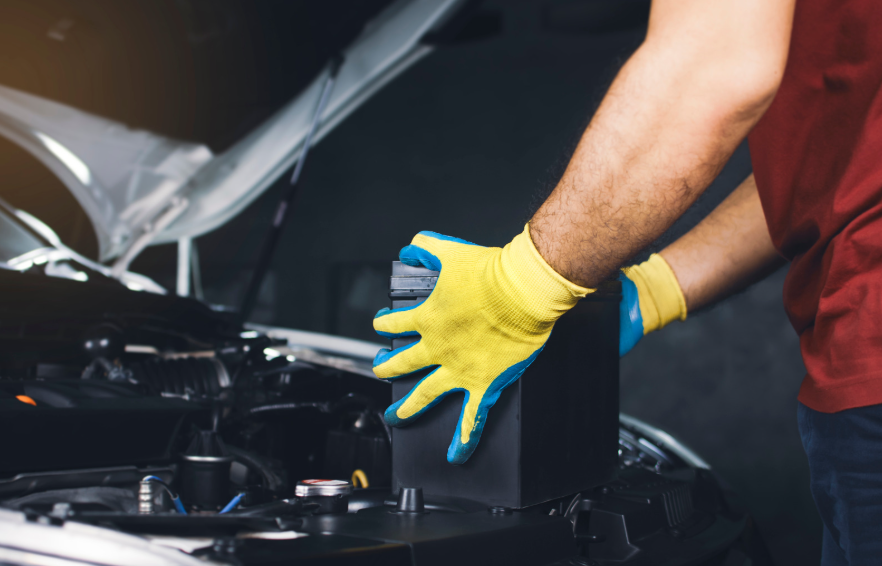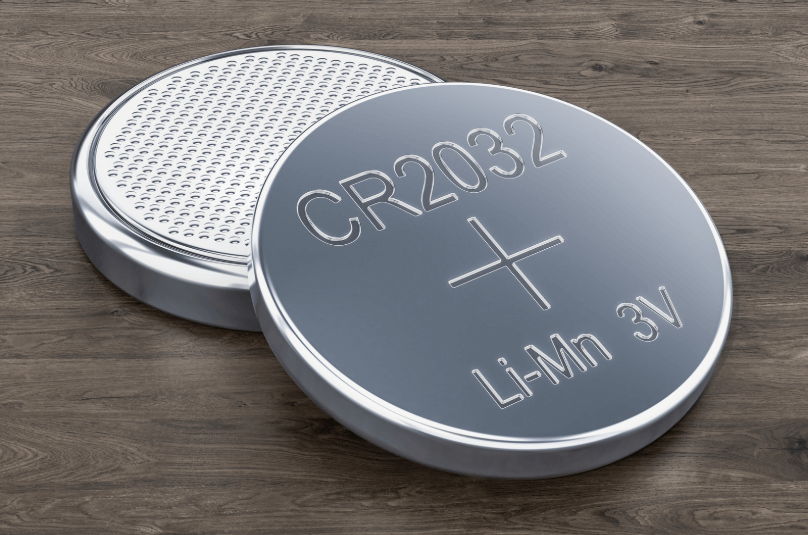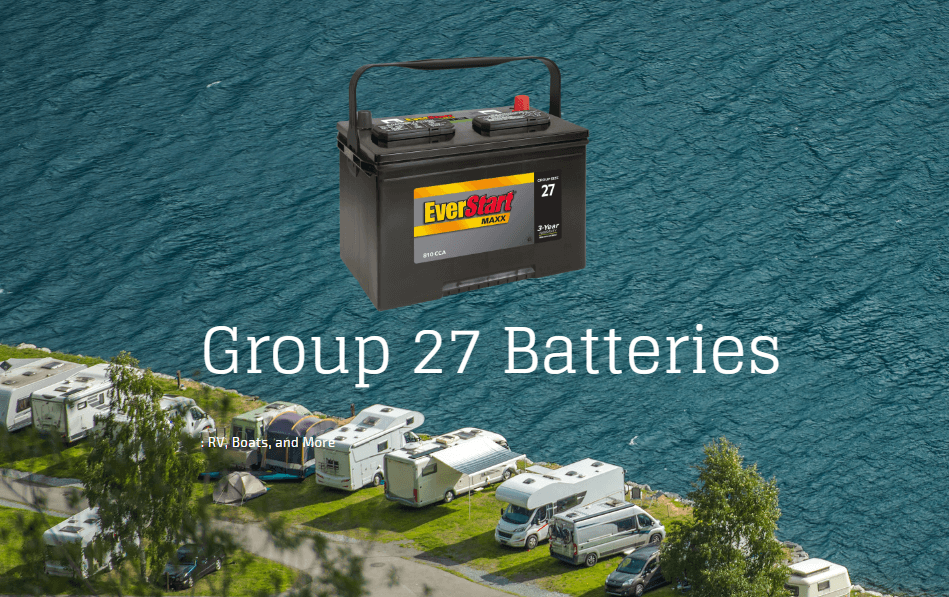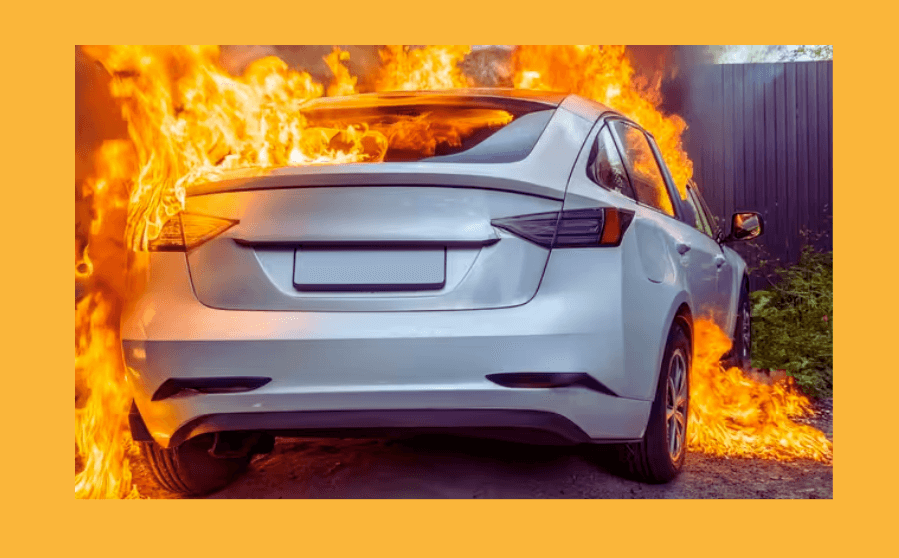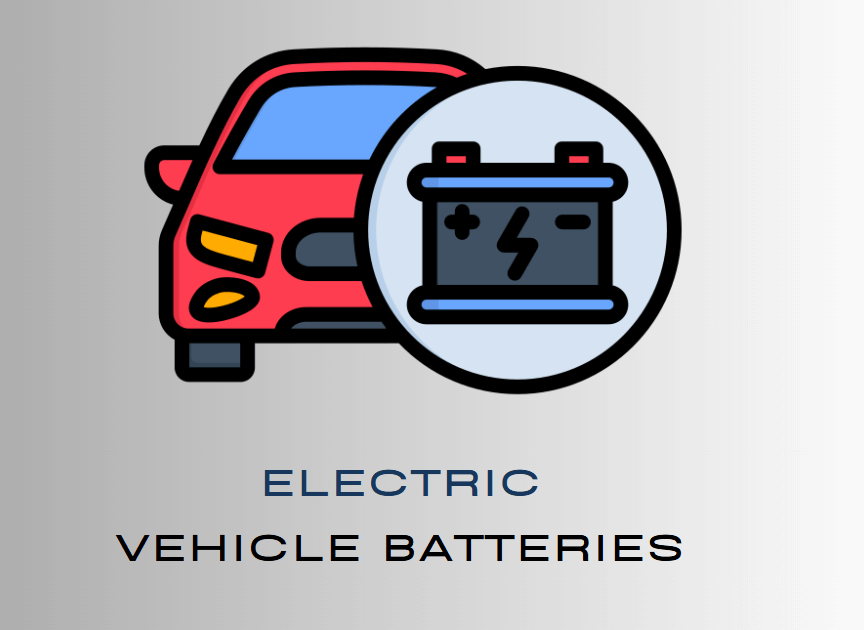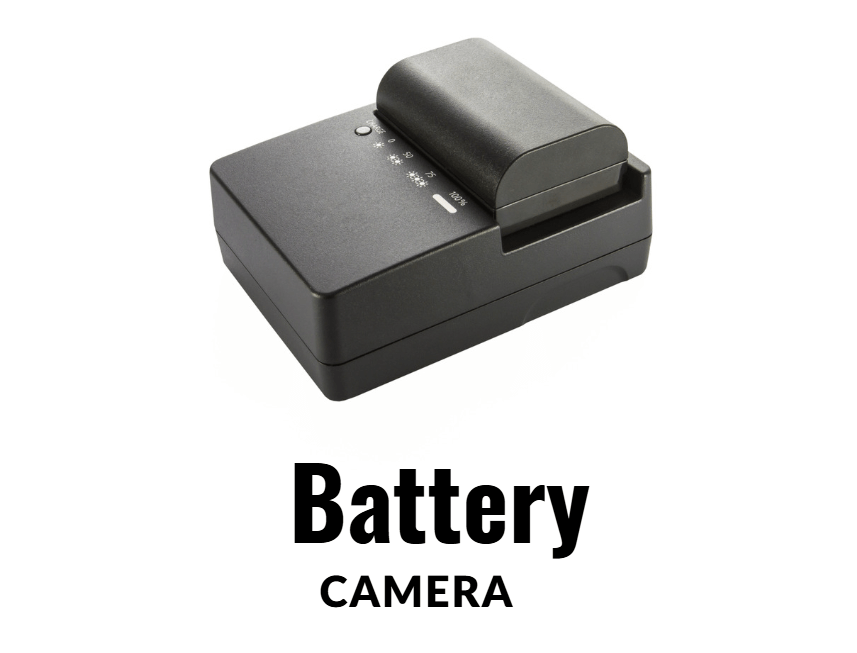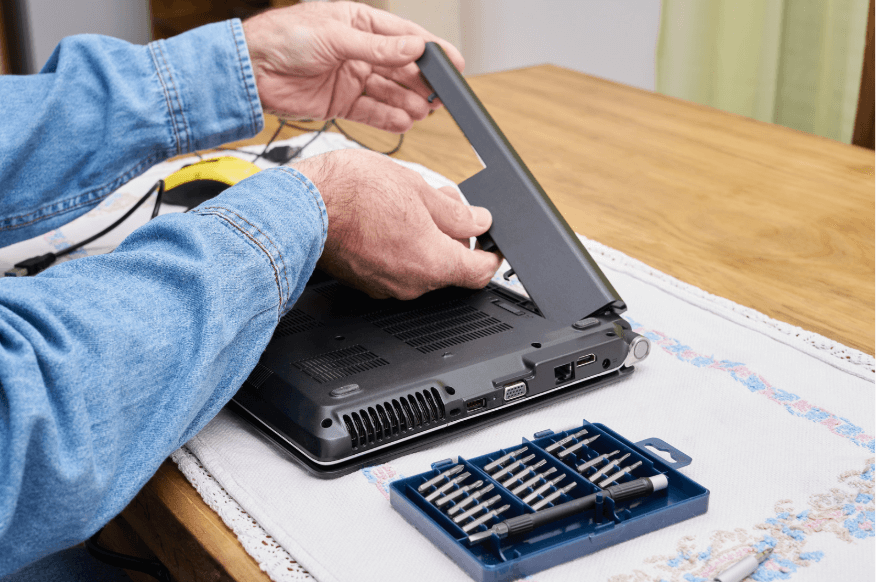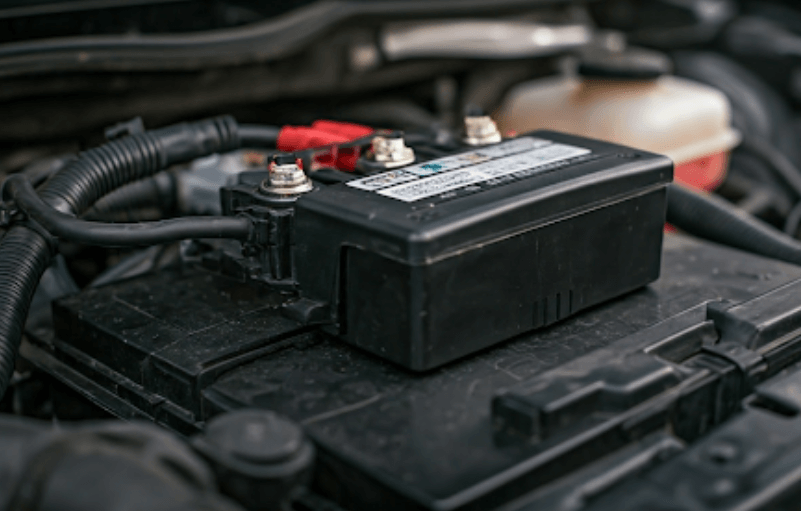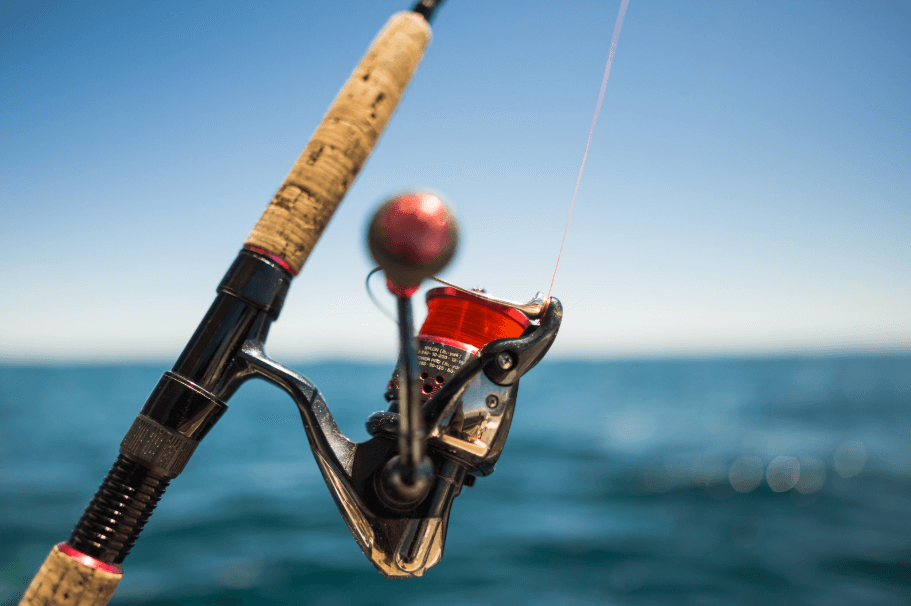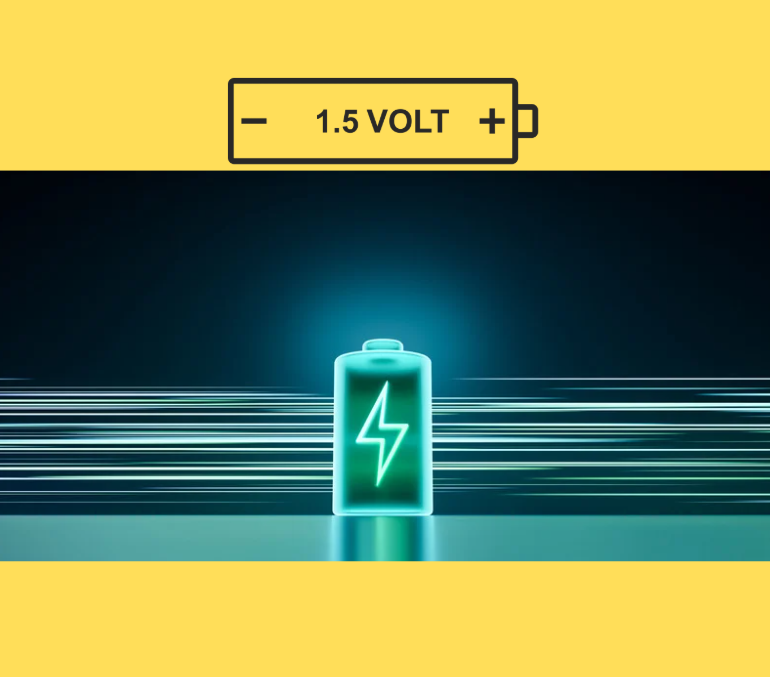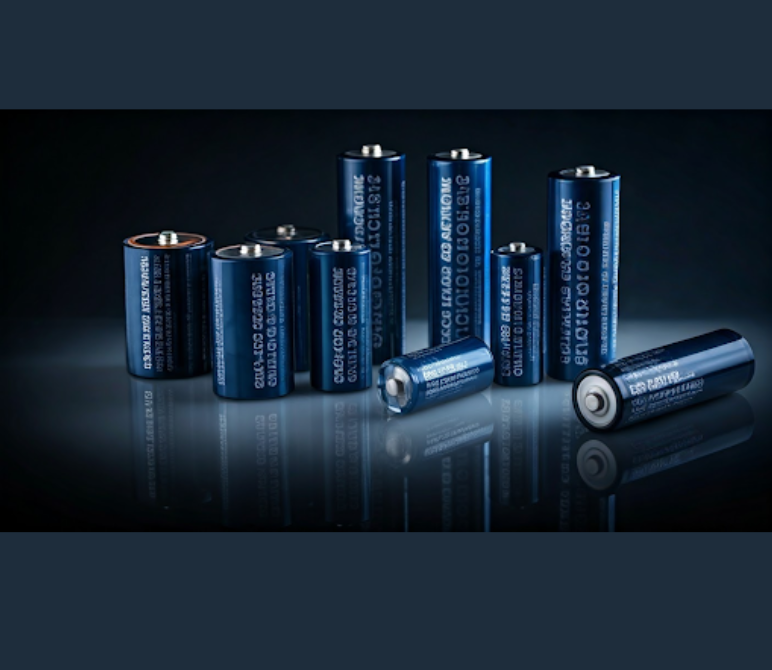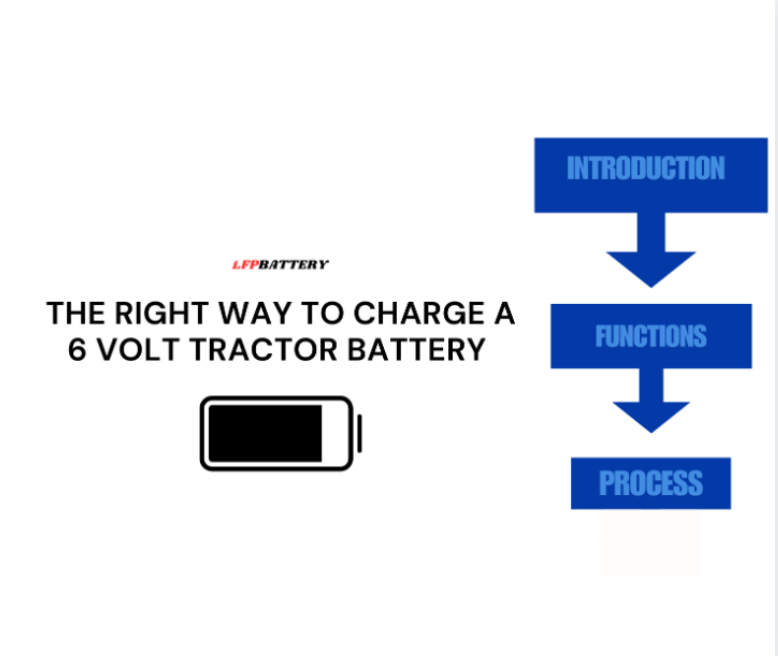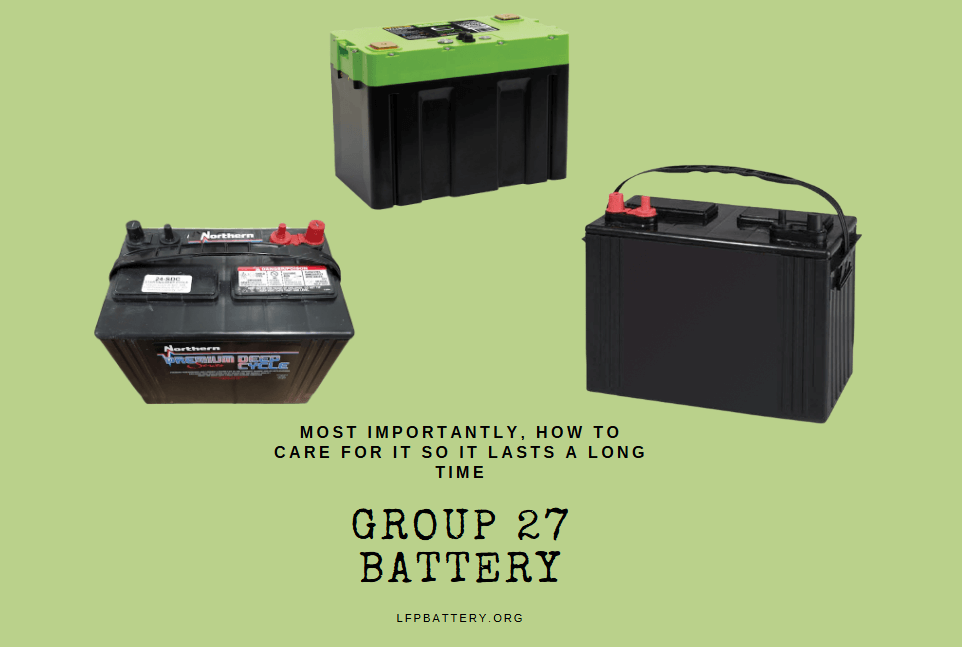
When it comes to powering essential equipment in RV, boats, solar systems, or other off-grid settings, Group 27 batteries are a popular choice. But if you’re unfamiliar with batteries or new to the world, choosing the right one can seem a bit confusing.
Don’t worry! This guide will explain everything you need to know about Group 27 batteries in a simple, easy-to-understand way.
I’ll walk you through the different types, how to choose the best one for your needs, and most importantly, how to care for it so it lasts a long time.
What Is a Group 27 Battery?
A Group 27 battery is a specific size designation for deep-cycle batteries. This means it is designed to be discharged and recharged repeatedly, unlike car batteries, which are meant to provide quick bursts of power.
These batteries are commonly used in applications like RV, boats, solar power systems, and even some backup power setups.
The size “Group 27” refers to the physical dimensions of the battery, typically measuring around 12.6 inches long, 6.8 inches wide, and 8.5 inches tall.
If you need a reliable power source that can last for a long time under heavy use, a Group 27 battery could be just what you need.
What are the types of Group 27 batteries?
When you’re shopping for a Group 27 battery, you’ll run into a few different types: lead-acid (AGM and flooded) and lithium-ion. Here’s what you need to know about each:
Lead-acid batteries
Flooded lead-acid (FLA): These are the most affordable Group 27 batteries. They do require maintenance, such as checking the water level and cleaning the terminals. If you’re okay with a little maintenance, they can be a great option.
Absorbent Glass Mat (AGM): AGM batteries are a step up from flooded batteries. They don’t require as much maintenance and are safer because they don’t leak acid. They last longer and perform better, especially in high-discharge conditions.
Lithium-ion batteries
Lithium-ion batteries are more expensive, but they offer several advantages. They last much longer, charge faster, and require almost no maintenance. They are much lighter than lead-acid batteries, which can be a big plus if you need to save weight, such as on a boat or RV.
The Benefits of Group 27 Batteries
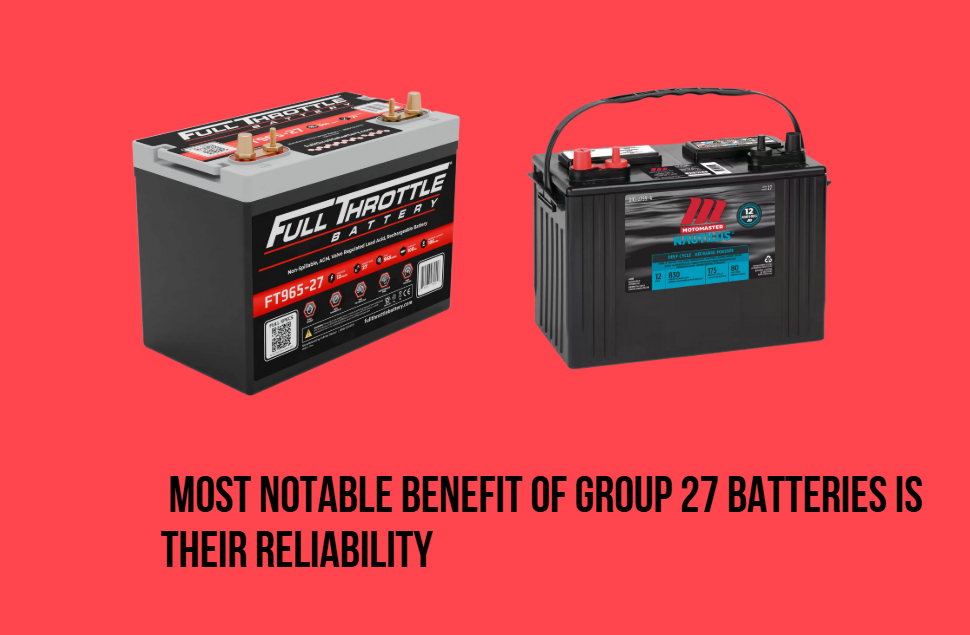
The most notable benefit of Group 27 batteries is their reliability. These batteries provide steady, consistent power over long periods of time, making them ideal for situations where reliable performance is critical.
Whether you’re powering lights, small appliances, or more demanding systems like refrigeration, Group 27 batteries can handle the load.
Their deep-cycle design means they’re specifically designed to be discharged and recharged many times without any significant loss of capacity, making them much more durable than standard car batteries.
Another big advantage of Group 27 batteries is their versatility. These batteries are used in a variety of applications, from RVs to boats, and even off-grid solar power systems.
Their adaptable size and power make them perfect for small to medium-sized systems, so whether you’re looking for a battery to keep your RV running smoothly or a battery to store solar energy, Group 27 batteries fit the bill.
Their size makes them easier to install in tight spaces than larger batteries, making them a practical option for many people.
In terms of capacity, Group 27 batteries offer good value, especially when you consider their longevity.
Flooded lead-acid batteries, in particular, are often less expensive than other types, such as lithium-ion. While lithium-ion batteries have advantages, such as a longer lifespan and faster charge times, flooded lead-acid Group 27 batteries can still provide reliable power at a fraction of the cost.
This makes them an attractive option for those on a budget or who don’t mind a little extra maintenance.
Longevity is another key benefit of Group 27 batteries. While their lifespan depends on the type of battery and how well it is maintained, Group 27 lead-acid batteries can last for several years.
For those looking for even more longevity, lithium-ion Group 27 batteries can last for a decade or more without significant degradation.
This means that investing in the right Group 27 battery can save you money over time, especially if you choose a lithium-ion option that requires less maintenance.
Group 27 batteries offer a good balance between size and power. They are large enough to provide the power you need for long-term use, but they are not so large that they are difficult to handle or install.
This makes them perfect for applications where space is limited but you still need enough power to run multiple devices or systems for long periods of time.
Finally, Group 27 batteries are easy to maintain, especially the AGM (Absorbent Glass Mat) versions. While flooded lead-acid batteries require periodic checks of the water level, AGM batteries require little maintenance.
This makes it an attractive option for those who want reliability without the hassle of constant maintenance.
Overall, the advantages of Group 27 batteries are clear. They combine reliability, versatility, affordability, and ease of use, making them a favorite for a wide range of applications.
Whether you’re using them in an RV, boat, or solar power system, Group 27 batteries provide the performance and longevity you need to keep your equipment running smoothly.
How to Choose the Right Group 27 Battery for Your Needs
Choosing the right Group 27 battery depends on your needs and preferences. Here are some things to consider:
1. Capacity (Ah Rating)
A battery capacity is measured in amp-hours (Ah). The higher the Ah, the longer the battery can provide power before needing to be recharged.
If you use the battery for things like lights, fans, or small appliances, a 75-100 Ah battery may be sufficient.
If you run more power-hungry appliances like a refrigerator or air conditioner, you may need a battery with a higher Ah rating.
2. Voltage
Most Group 27 batteries are 12V, which is ideal for most recreational vehicles, boats, and off-grid solar systems.
However, make sure the voltage matches your system’s requirements.
For example, if you are building a large off-grid solar setup, you should look at 24V or 48V battery options.
3. Battery Life and Warranty
When investing in a battery, longevity and warranty matter. Look for a battery that offers a solid warranty (typically 2-5 years for lead-acid batteries and up to 10 years for lithium-ion). This gives you peace of mind that you are covered if something goes wrong.
4. Maintenance Needs
Consider how much time you are willing to spend on maintenance. Flooded lead-acid batteries require regular maintenance, such as checking the water level and cleaning the terminals.
If you want to avoid this, an AGM or lithium-ion battery may be a better option as they require less maintenance.
5. Budget
Price is always a factor. Flooded lead-acid batteries are the most cost-effective but may not last as long as AGM or lithium-ion batteries.
If you’re looking for something with a long lifespan and fast charging times, lithium-ion may be worth the extra cost.
Best Top 3 Group 27 Batteries
1. Interstate Batteries SRM-27
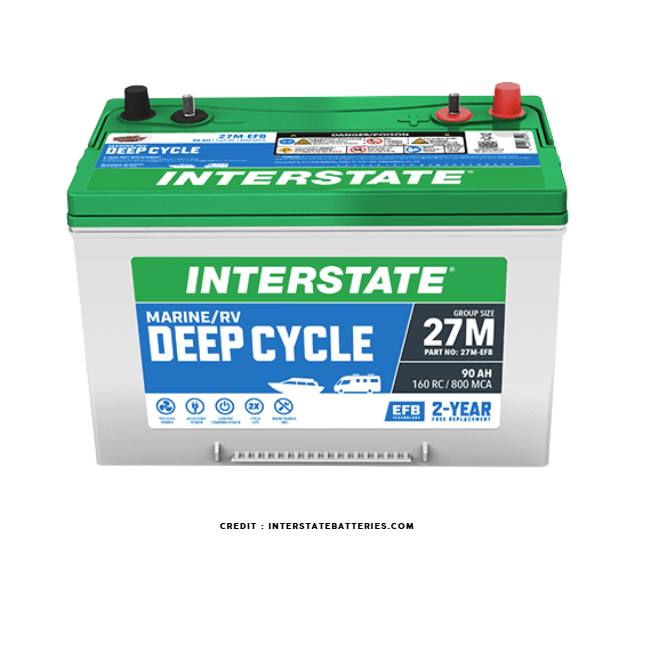
The Interstate Batteries SRM-27 is one of the most popular choices for Group 27 deep-cycle batteries. Known for its reliability and performance, this battery is ideal for various off-grid applications, such as powering RVs, boats, and even backup solar systems.
Benefits:
The SRM-27 offers a solid 105 Ah (amp-hours) capacity, making it a good choice for providing steady power over extended periods. It’s a flooded lead-acid battery, so it requires some maintenance, including checking the water levels regularly.
However, this battery excels in providing consistent power for appliances and electronics. It’s also relatively affordable compared to AGM and lithium-ion options, providing a good balance between price and performance.
Price:
The SRM-27 typically costs between $120 to $150, depending on where you buy it. This makes it an excellent choice for those who need a cost-effective option without sacrificing reliability.
Guarantee:
Interstate Batteries offers a 1-year warranty for the SRM-27, which covers any defects in materials or workmanship. While it doesn’t have the longest warranty on the market, it provides peace of mind for the first year of use.
Why You Should Get It:
If you’re looking for a solid, budget-friendly Group 27 battery that provides reliable power for your RV or boat, the SRM-27 is a great choice.
Its affordable price, combined with its decent capacity, makes it a strong contender for anyone starting out with deep-cycle batteries.
2. Optima Batteries 8040-218 D34M
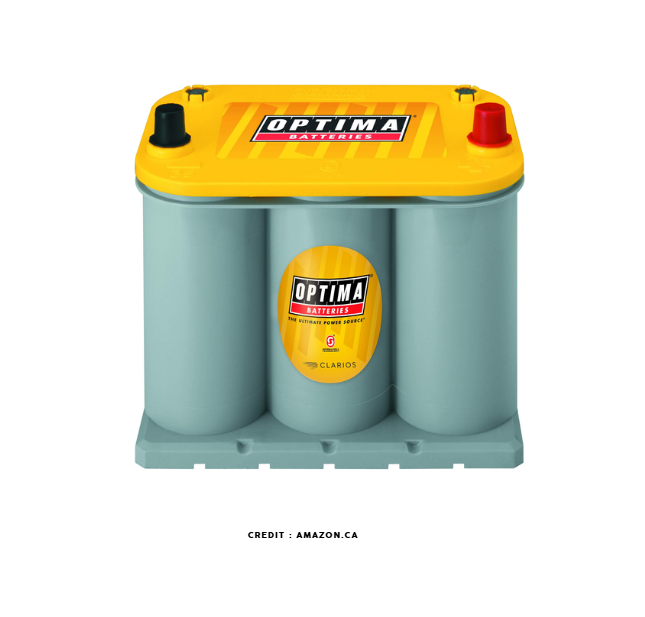
The Optima Batteries 8040-218 D34M is a premium AGM (Absorbent Glass Mat) battery that is highly regarded for its superior performance and long-lasting reliability.
Unlike traditional flooded lead-acid batteries, AGM batteries like this one are maintenance-free and spill-proof, making them safer and more convenient.
Benefits:
The D34M offers an impressive 55 Ah capacity, and its sealed design means you don’t have to worry about checking water levels.
It’s built with Optima SpiralCell Technology, which provides increased vibration resistance and faster recharging.
This makes it perfect for use in vehicles or off-grid systems where you need durability and efficiency. The D34M is also more resistant to extreme temperatures, ensuring that it performs well in both hot and cold environments.
Price:
The Optima 8040-218 typically costs around $230 to $270, making it more expensive than the Interstate SRM-27 but still reasonable for the additional benefits it offers, such as longer lifespan and maintenance-free use.
Guarantee:
Optima provides a 3-year warranty for this battery, which is a significant advantage over the SRM-27. The warranty covers defects in materials and workmanship and provides better long-term protection.
Why You Should Get It:
If you’re willing to spend a bit more for a maintenance-free, high-performance battery, the Optima D34M is an excellent choice. Its durability and longer lifespan make it a reliable investment for anyone who needs consistent, long-term power without the hassle of regular maintenance. Buy Now Amazon
3. VMaxTanks MR127
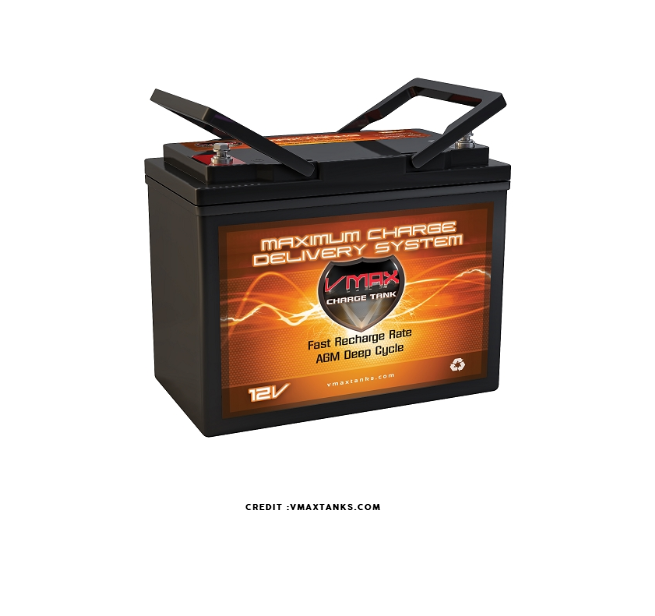
The VMaxTanks MR127 is another excellent choice for anyone needing a Group 27 battery. It is a AGM deep-cycle battery, designed for various applications, including RV, boats, and solar systems. VMaxTanks is well-known for producing high-quality AGM batteries that perform exceptionally well in extreme conditions.
Benefits:
The MR127 offers a capacity of 120 Ah, which makes it one of the higher-capacity Group 27 batteries available. It’s designed to handle deep cycling with ease, which means it can discharge and recharge numerous times without significant loss of capacity.
The AGM design also makes it maintenance-free, and it’s sealed to prevent spills or leaks, making it safe to use in tight or hard-to-reach places.
This battery is also known for its ability to handle high-demand situations, such as running large appliances or off-grid systems with substantial power needs.
Price:
The VMaxTanks MR127 is priced between $250 to $280. Although it’s on the higher end of the price spectrum for Group 27 batteries, its large capacity, long lifespan, and maintenance-free nature make it well worth the investment.
Guarantee:
VMaxTanks offers a 1-year warranty on the MR127, which covers defects in materials and workmanship.
While the warranty is relatively short, the battery’s high performance and durability often make it a long-term investment, with many users reporting that it lasts well beyond the warranty period.
Why You Should Get It:
If you need a high-capacity, maintenance-free battery that can handle heavy-duty applications, the VMaxTanks MR127 is an excellent choice.
Its reliability, longer lifespan, and ability to handle high power loads make it ideal for those who need more robust energy storage for their RV or solar system. Buy Now Amazon
Step-by-step Guide to Help you install your Group 27 Battery
Step 1: Gather Necessary Tools and Materials
Before starting, you’ll need a few tools and safety materials:
- Safety gloves
- Safety glasses
- Wrenches or socket set
- Terminal cleaning brush (if needed)
- Battery terminal protector (optional)
- Anti-corrosion spray (optional)
- Battery tie-down strap or hold-down bracket (if not included with the battery)
Step 2: Turn Off All Power Sources
Before handling the battery, make sure to turn off all electrical systems in your vehicle or setup. Disconnecting the battery should be done while everything is powered down to prevent any electrical shorts or shocks.
Step 3: Locate the Battery Compartment
Find the designated area for the battery installation. In an RV, this is often in the engine compartment or a storage bay; in a boat, it’s typically located in a compartment near the engine or a dedicated battery box.
Step 4: Remove the Old Battery (if replacing)
If you are replacing an existing battery:
- Disconnect the negative (–) terminal first. This reduces the risk of creating a short circuit.
- Then, disconnect the positive (+) terminal.
- Remove any screws, bolts, or fasteners holding the old battery in place.
- Carefully lift the old battery out of the compartment and set it aside for proper disposal.
Step 5: Clean the Battery Terminals (if necessary)
Before installing the new Group 27 battery, it’s a good idea to clean the battery terminals and the area where the battery sits.
Use a terminal cleaning brush to remove any corrosion, dirt, or debris. If you notice significant corrosion, you can apply an anti-corrosion spray to ensure better contact between the terminals and the cables.
Step 6: Place the New Group 27 Battery
Place your new Group 27 battery into the battery compartment. Make sure it sits flat and is securely positioned.
Some battery boxes or compartments may require a battery hold-down bracket or tie-down strap to prevent movement. This is particularly important for RV and boats, where vibrations and shifting can affect the battery’s performance.
Step 7: Connect the Battery Terminals
Attach the positive (+) terminal first. Use a wrench to tighten the terminal securely to the positive post of the battery. Be sure not to overtighten, as this can damage the terminal.
Next, connect the negative (–) terminal to the negative post. Again, tighten it securely, but not too tightly.
Optional: Apply a battery terminal protector or anti-corrosion spray to the terminals to help prevent corrosion and ensure good electrical conductivity.
Step 8: Secure the Battery in Place
If the battery isn’t already secured, use the battery hold-down strap or bracket to fasten the battery tightly in place. This will prevent it from moving around or shifting during use, which could cause electrical issues or physical damage.
Step 9: Test the Battery
Once everything is securely connected, turn on the power to your system and test that the battery is functioning properly.
For an RV or boat, check that lights, appliances, and other electrical systems are running as expected. If you have a multimeter, you can check the battery voltage. A fully charged 12V battery should read around 12.6 volts.
Step 10: Dispose of the Old Battery Properly
If you’re replacing an old battery, make sure to dispose of it responsibly. Many auto shops and battery stores offer recycling services for old batteries. Never throw an old battery in the trash, as it can leak harmful chemicals and is harmful to the environment.
Final Tips
Always install the positive terminal first, followed by the negative terminal. This minimizes the risk of accidental short circuits.
If you’re unsure whether your battery is connected correctly, refer to the battery’s manual or consult a professional.
Check the battery periodically to ensure that the terminals remain clean and tight, especially if you’re using the battery in an RV or boat where it will be exposed to vibrations.
How to Maintain Your Group 27 Battery
Proper maintenance is key to extending the life of your Group 27 battery. Here are some simple tips to keep your battery running smoothly:
1. Keep it clean
A clean battery is a happy battery. Dirt and debris can cause corrosion around the terminals, which can affect performance. Wipe the battery regularly with a damp cloth, and be sure to clean the terminals to prevent build-up.
2. Charge it properly
Always use the correct charger for your battery type. Overcharging can damage the battery, while undercharging can reduce its capacity. For lead-acid batteries, make sure the water level is at the top before charging.
3. Avoid deep discharge
It’s tempting to let your battery run until it’s almost empty, but this can damage the battery over time. For lead-acid batteries, try to avoid discharging it below 50%. Lithium-ion batteries can handle deep discharges, but it’s still a good practice to recharge them before they get too low.
4. Store them properly
If you’re storing your battery for an extended period of time, make sure it’s in a cool, dry place. For lead-acid batteries, store them at about 50% charge. Lithium-ion batteries should be stored at about 30-60% charge. This helps protect the battery from damage.
5. Check for problems regularly.
Check your battery periodically for signs of wear or damage. If you notice anything like swelling, leaks, or a decrease in performance, it may be time to replace it.
In conclusion, Group 27 batteries are an excellent choice if you need a reliable power source for your RV, boat, or off-grid solar system.
Whether you go for a lead-acid or lithium-ion battery depends on your budget, maintenance preference, and power needs. By following proper care guidelines, you can get the most out of your battery for years to come.
Group 27 Battery FAQ
Group 27 battery size?
These batteries typically measure about 12.1 inches long, 6.8 inches wide, and 8.8 inches tall, though exact dimensions can vary slightly. They are often used in marine, RV, and solar power systems.
What is the difference between Group 27, 24, and 31 batteries?
Group 24: Smaller, less capacity, and typically lower weight than Group 27.
Group 27: Larger and offers more amp-hours and reserve capacity.
Group 31: Larger than Group 27, with even higher capacity and reserve time.
How much does a Group 27 battery weigh?
The weight varies by type:
Flooded batteries: Around 50-60 pounds
AGM batteries: Around 55-70 pounds
Lithium-ion batteries: Around 20-30 pounds
What is the typical capacity of a Group 27 battery?
Amp-Hour (Ah) Capacity: 70–100 Ah, depending on the type and brand.
Cold Cranking Amps (CCA): 600–1,000 CCA for starting batteries.
Reserve Capacity (RC): 140–220 minutes for deep-cycle batteries.
Can I use a Group 27 battery in my car?
Yes, but ensure it meets the required CCA for your car. Group 27 batteries are typically used in larger vehicles like trucks, RVs, or boats, but they can serve as car batteries if the dimensions and specifications align.
Can I replace a Group 27 battery with another group size?
Yes, but ensure the replacement fits the physical dimensions, matches the voltage, and meets the power requirements of your application.


